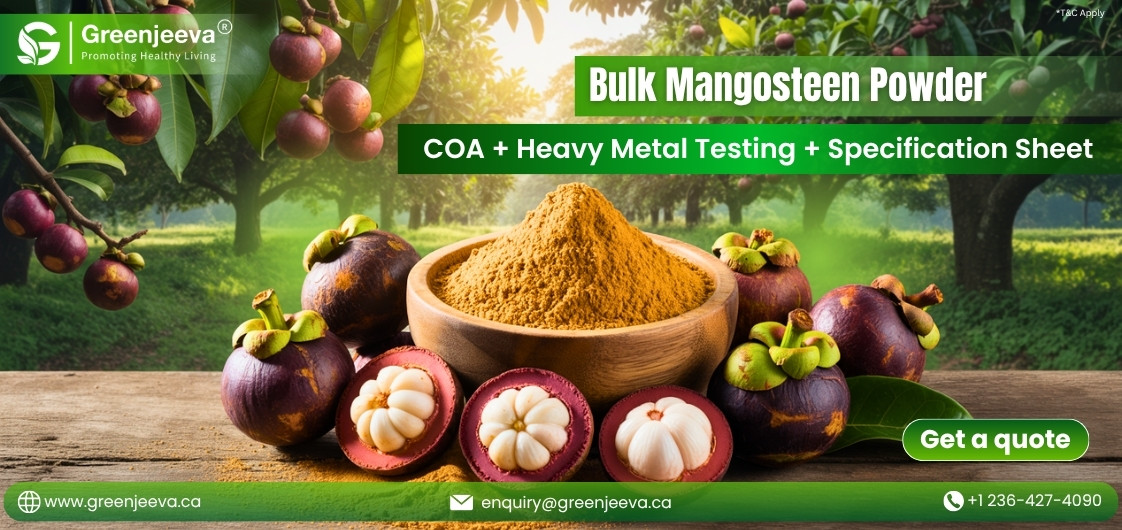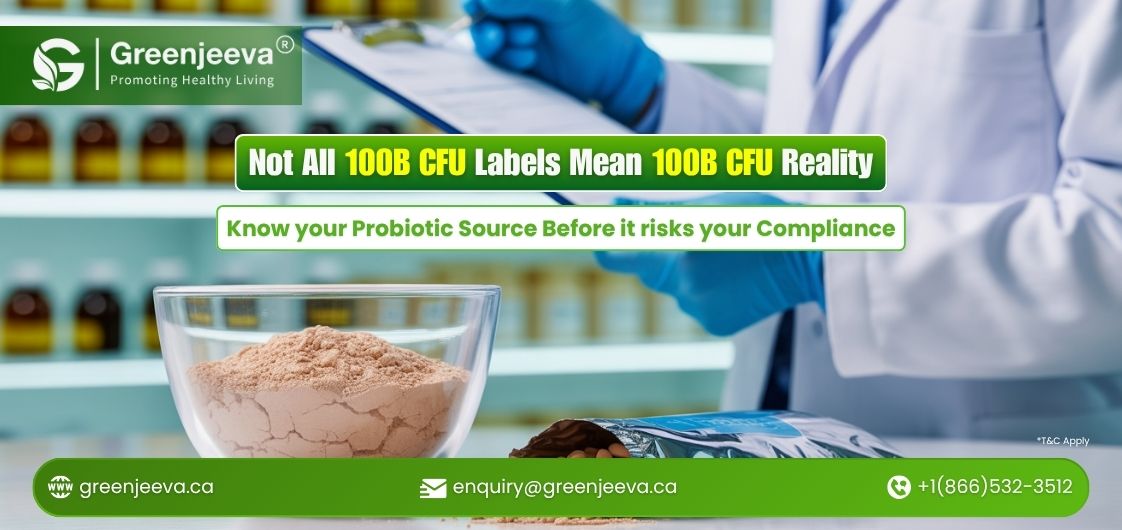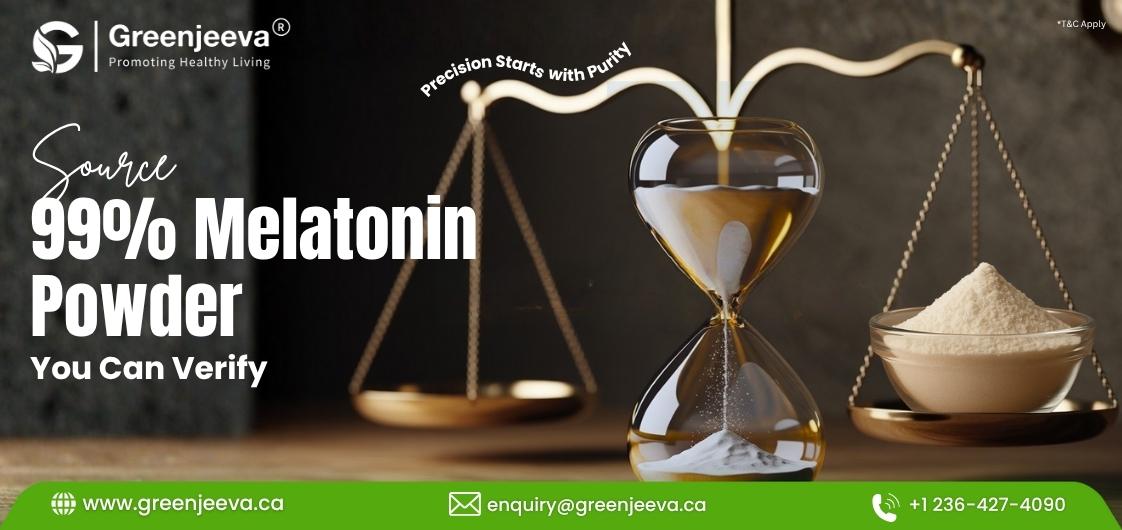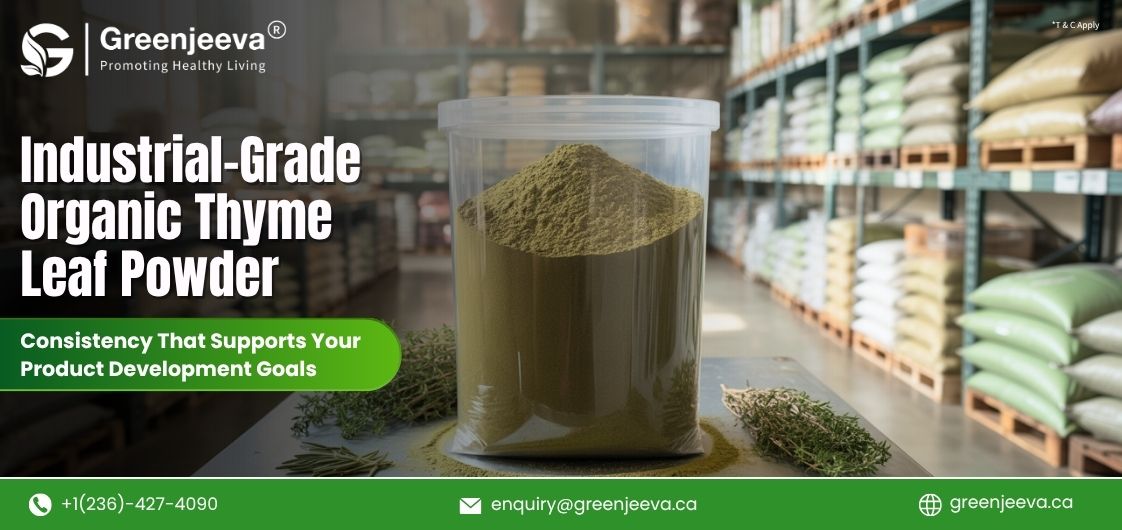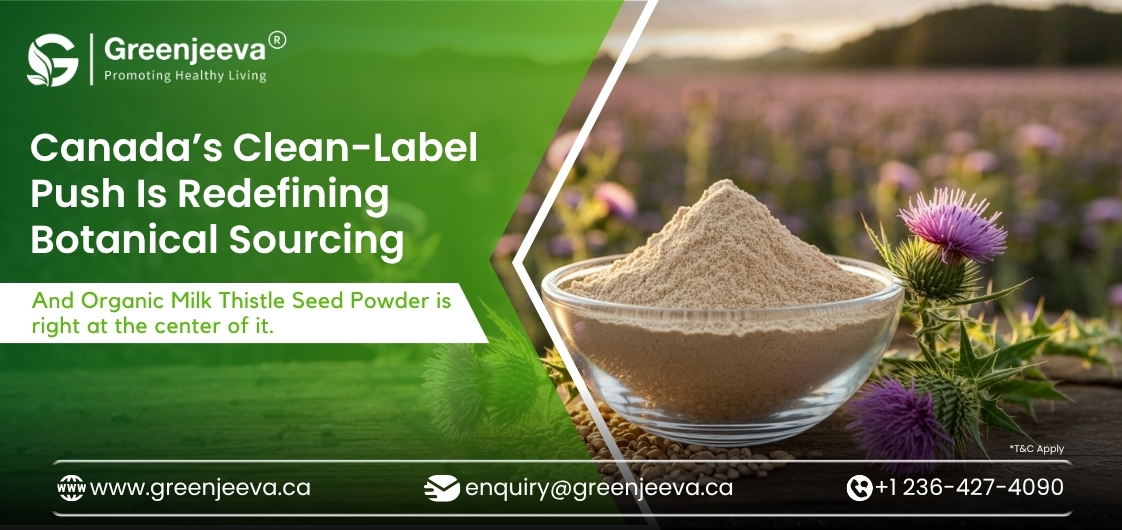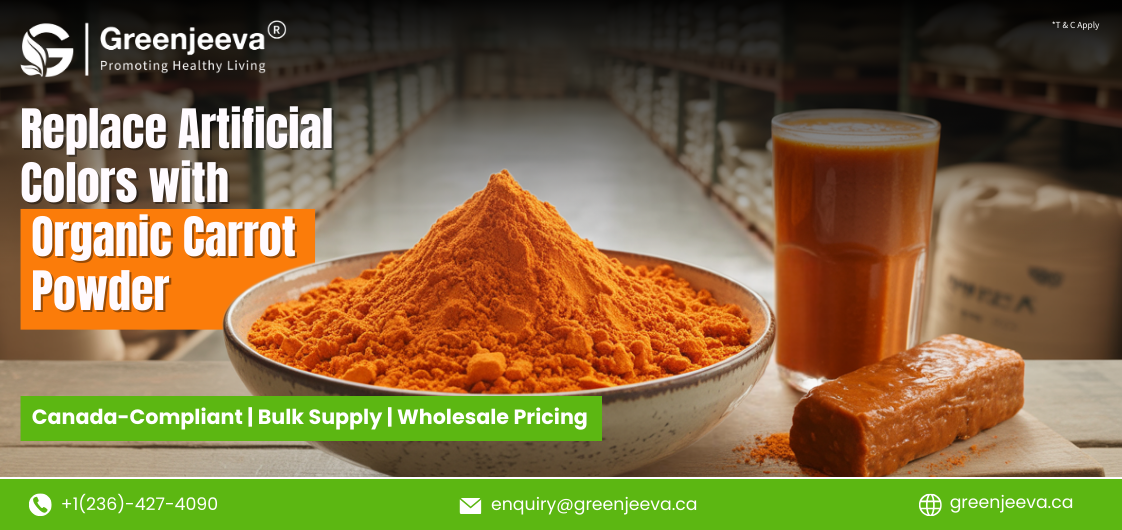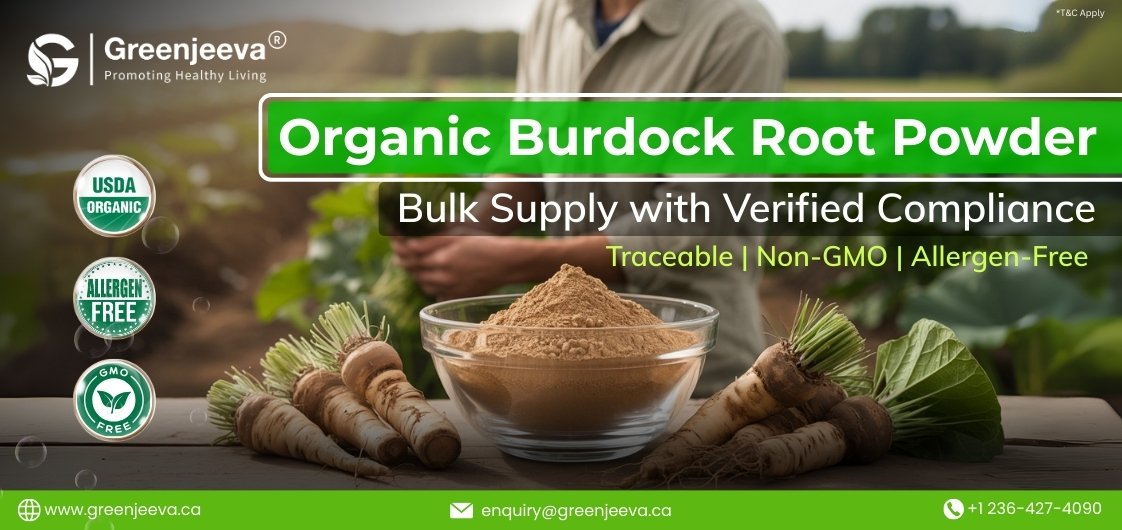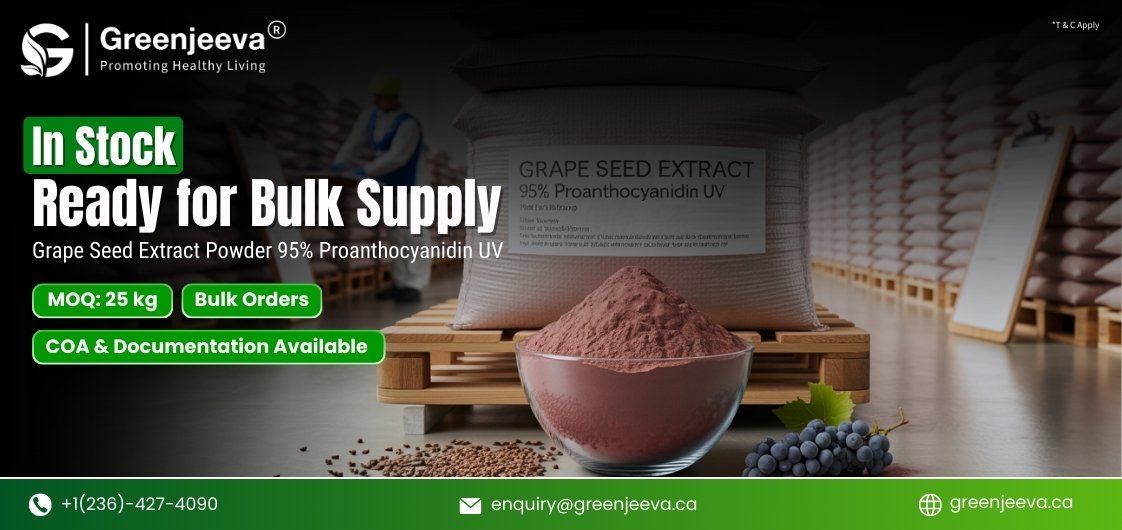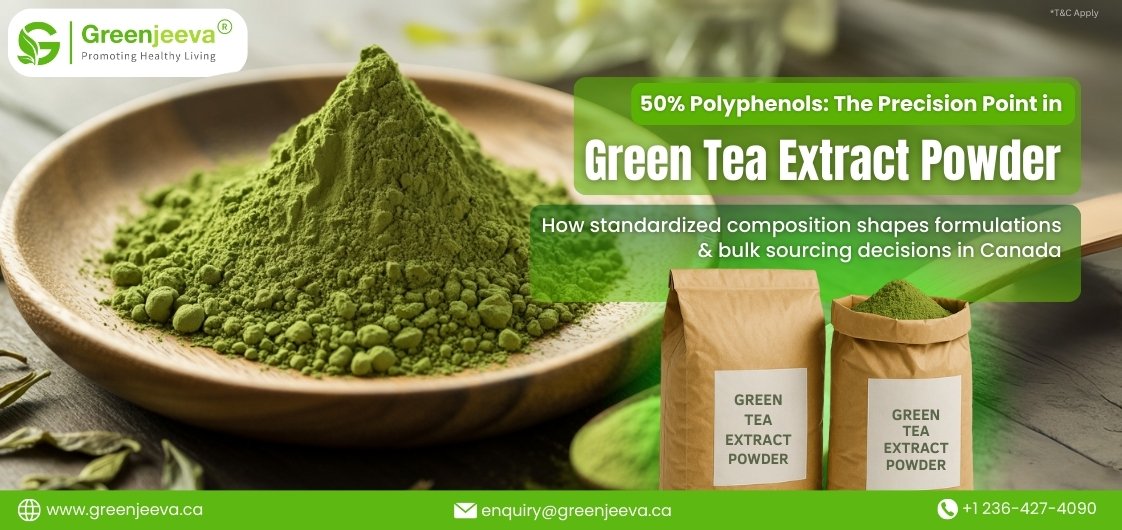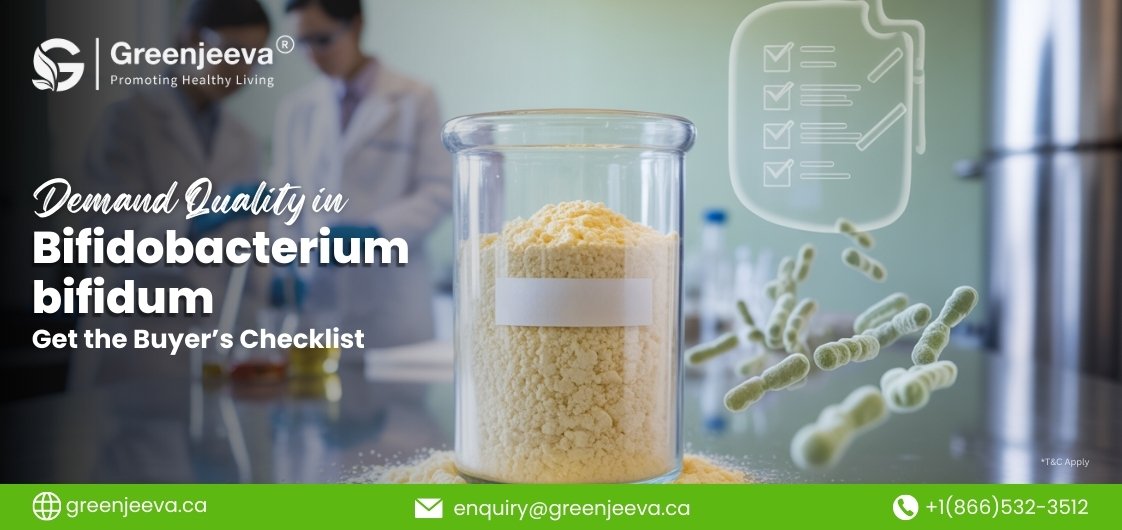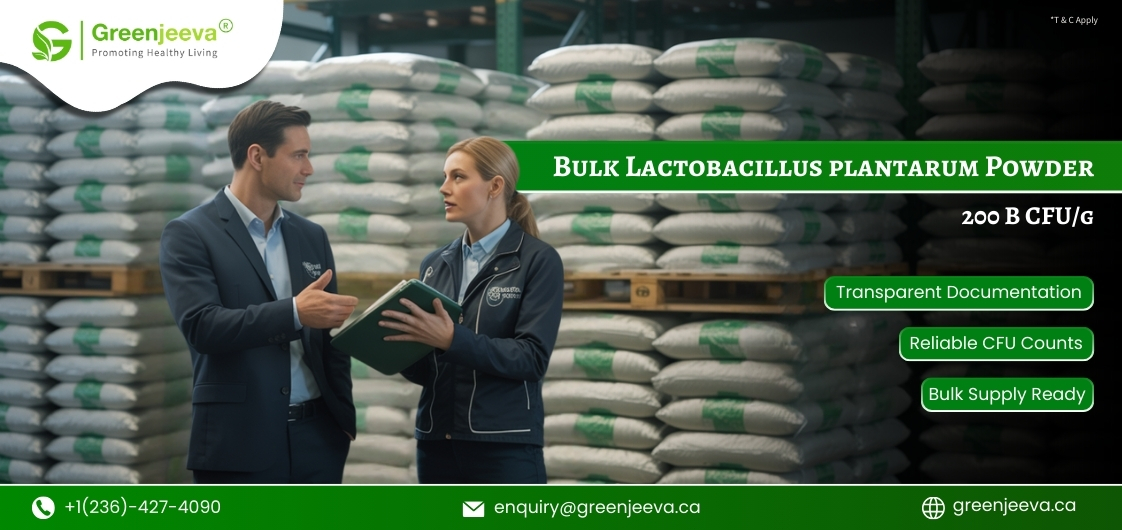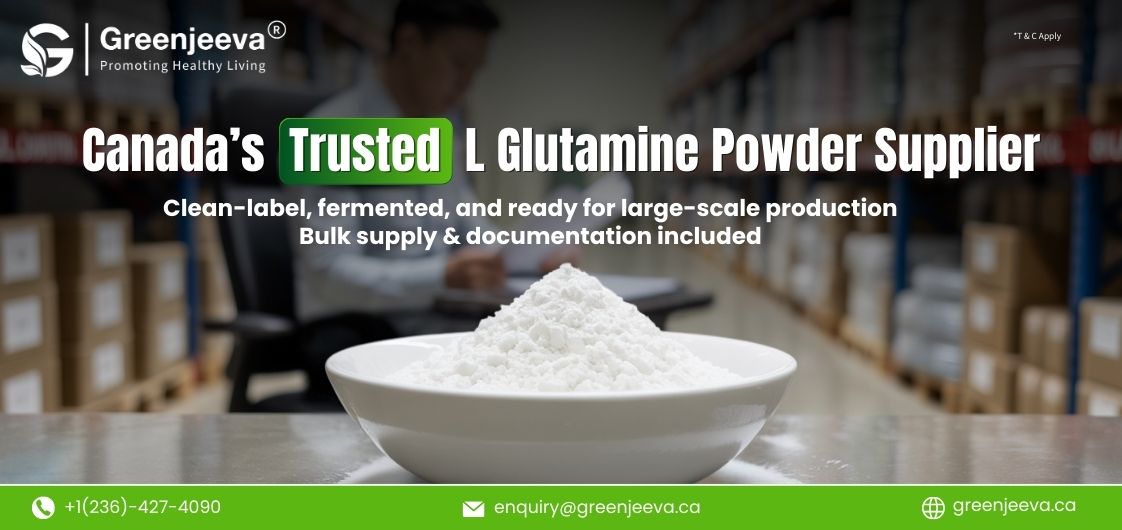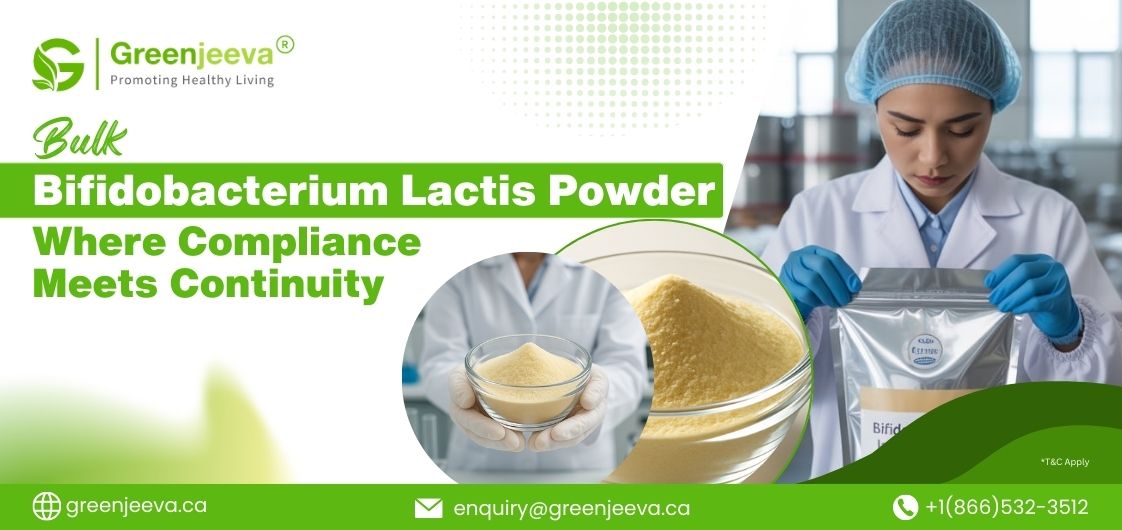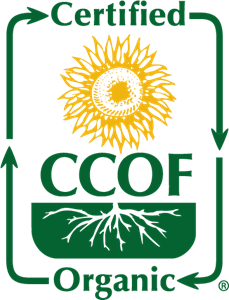Have you ever launched a probiotic product only to face disappointing consumer feedback or unexpected regulatory challenges?
In today’s booming functional food and beverage industry, this scenario is more common than many realize. As probiotics continue to dominate product innovation and wellness claims, the pressure to deliver consistency, potency, and credibility has never been higher.
Among the top-tier probiotics, Lactobacillus acidophilus stands out. It’s widely appreciated for its compatibility with dairy and non-dairy matrices, and its known role in supporting gut health and immune modulation. But not all Lactobacillus acidophilus powders are created equal. Inconsistent potency, poor stability, and unclear sourcing documentation can easily derail an otherwise promising product.
So, how can procurement leads, product formulators, and R&D teams ensure they’re sourcing the best possible high-potency probiotic powder? This blog will guide you through six essential criteria—from CFU verification to supplier transparency—to help you source Lactobacillus acidophilus that delivers on performance, safety, and market credibility.
Understanding the Importance of Potency and CFU Count
Potency, measured in Colony Forming Units (CFU) per gram, is at the core of probiotic effectiveness. When you source a Lactobacillus acidophilus powder with 200 billion CFU/g, you’re not just investing in strength—you’re building in resilience.
This CFU count refers to the number of live microorganisms capable of forming colonies. For functional food and beverage applications, a high CFU probiotic powder provides crucial protection against viability losses caused by heat, pH, oxygen, or storage conditions.
Why start high? Because factors like pasteurization, extrusion, or even prolonged ambient shelf life can significantly reduce microbial activity. A 200B CFU/g ingredient offers a margin that helps ensure label claims remain accurate throughout the product’s lifecycle.
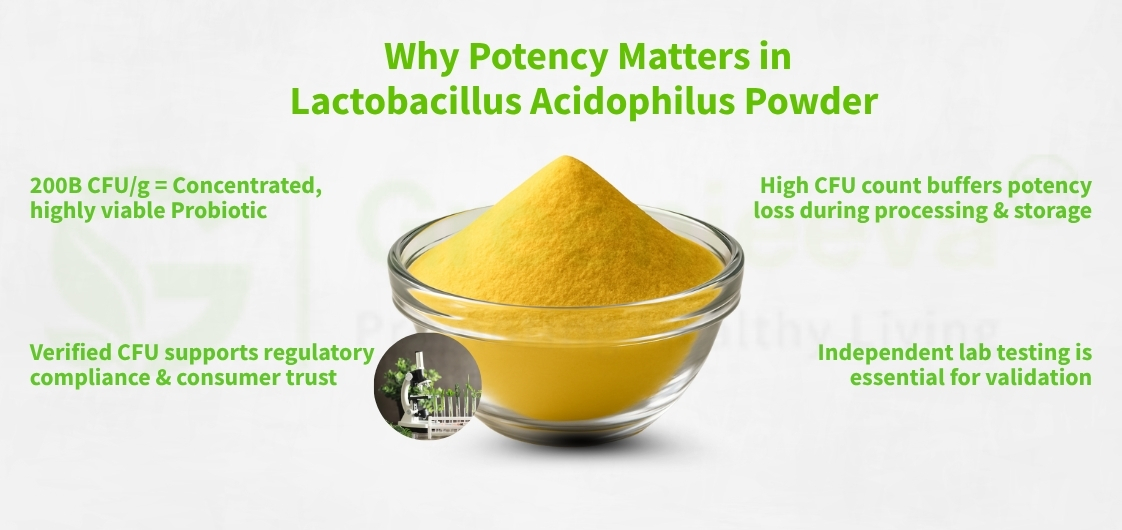
But claims are only as good as their data. Always require third-party verification of CFU counts, preferably under simulated processing conditions. Look for stability data showing how well the strain retains viability during formulation and storage.
Choosing a supplier who can demonstrate CFU retention across multiple matrices (like yogurt, bars, or beverages) gives your formulation a competitive edge and ensures regulatory peace of mind.
Quality Assurance: Certifications and Testing Standards
While potency forms the foundation, quality assurance provides the structural support. A truly clean-label probiotic must meet international standards not only for efficacy but for purity, safety, and traceability.
Start with certifications. GMP (Good Manufacturing Practices) and ISO 22000 are baseline requirements. But if your brand caters to specific consumer segments, you may also need:
• Non-GMO Project Verified
• USDA Organic
• Kosher / Halal Certification
• Allergen-Free / Gluten-Free verification
Equally vital is a full Certificate of Analysis (COA), issued by an independent third-party lab. This document should cover:
• CFU verification
• Heavy metal screening
• Pathogen detection
• Allergen status
• Moisture content and water activity
Many regulatory authorities—including those in the EU, Canada, and the US—require documentation proving that the strain is safe, traceable, and free of contaminants.
Working with a supplier that follows these quality controls ensures your Lactobacillus acidophilus ingredient is as clean and compliant as the rest of your product line.
Traceability and Transparency in the Supply Chain
Imagine a production issue linked to one batch of your probiotic ingredient. How quickly can you trace the problem back to its source?
This is where supply chain traceability becomes essential. With rising consumer and regulatory scrutiny, it’s no longer enough to know your supplier—you need to know their sources, processes, and partners.
Ask your supplier:
Do they provide full batch traceability?
Are fermentation, drying, and packaging performed in GMP-certified environments?
Can you access digital records (blockchain, QR codes) for lot verification?
Suppliers with robust traceability systems can quickly isolate problems, issue recalls if needed, and maintain consistency across global operations. For brands marketing clean-label probiotics, traceability also strengthens your brand story, giving you a competitive edge with transparency-focused consumers.

Choose suppliers who welcome audits, publish their sourcing protocols, and share microbial origin documentation. These partners are far more likely to support your long-term quality and innovation goals.
Stability and Shelf Life Considerations
One of the biggest concerns for functional food and beverage formulators is ensuring that probiotics remain viable throughout the product’s shelf life. Unlike synthetic nutrients, probiotics are living organisms—and their survivability is affected by environmental stressors.
Key threats include:
• Heat during processing (pasteurization, baking, extrusion)
• Moisture (leading to clumping or early activation)
• Oxygen exposure (especially in powders or beverages)
• Time and storage conditions
When sourcing, always ask for real-time stability studies conducted under conditions similar to your application. These studies should simulate expected temperatures, humidity levels, and packaging environments to determine true shelf stability.
Look for microencapsulation, freeze-drying, or spray-drying technologies that improve stability. Also review packaging options such as:
• Aluminum barrier pouches
• Nitrogen-flushed containers
• Desiccant-lined packaging
These small decisions greatly impact microbial viability over time.
If your supply chain includes long transit or warehousing periods, confirm that your supplier supports cold chain logistics or has developed ambient-stable formats.
Supplier Reliability and Communication
Choosing a high-quality probiotic supplier is not just about product—it’s about partnership. The best suppliers go beyond technical specs and act as extensions of your formulation and quality teams.
• Consider these supplier qualities:
• Transparent and timely communication
• Willingness to share documentation (COAs, MSDS, allergen statements)
• On-time delivery history
• Technical support for formulation questions
• Access to pilot samples or small MOQ trial batches
Great suppliers also stay ahead of regulatory changes and keep clients updated on documentation, regional labeling laws, and strain identity requirements.
Reliable communication is key. Probiotic ingredients are sensitive, and delays in documentation or quality approvals can disrupt launches or lead to compliance risks. A responsive supplier helps you avoid surprises and supports faster time to market.
Practical Tips for Functional Food & Beverage Formulators
Sourcing the best Lactobacillus acidophilus powder is only half the equation. Applying it correctly in your formulation is where true product value is unlocked.
Here are some key tips for functional food formulation success:
Matrix Compatibility: Consider how the strain performs in high-acid or low-moisture formats. Some formulations may require buffered or protected strains.
Processing Considerations: Identify kill points in your process (e.g., heat during pasteurization or extrusion) and use strains suited for post-process addition.
Dosage Optimization: A 200B CFU/g powder allows smaller inclusion rates—important for maintaining sensory characteristics.
Formulation Synergy: Pair probiotics with prebiotic fibers like inulin or FOS to enhance gut health impact.
Sensory Testing: Perform real-world trials for texture, taste, and visual appeal, especially in drinkable formats or bars.
Label Compliance: Ensure your CFU claim reflects viable count at end of shelf life—not just at manufacture.
A comprehensive pre-launch checklist—including stability testing, COA verification, and microbial interaction studies—will improve your odds of delivering a standout probiotic product.
Conclusion
Sourcing Lactobacillus acidophilus powder for success in the functional food and beverage industry requires more than a good price or high CFU number. It demands a holistic, data-backed strategy focused on potency, traceability, certifications, and formulation compatibility.
Brands that take the time to validate their suppliers, test under real conditions, and stay informed on regulatory and consumer trends are far more likely to win both shelf space and consumer loyalty.
By choosing clean-label, third-party-tested, shelf-stable probiotic ingredients, you give your team the tools to innovate with confidence and bring credible, health-forward products to market.
Whether you’re developing the next breakthrough gut health snack or reformulating a probiotic beverage line, the quality of your Lactobacillus acidophilus source will shape the outcome.





